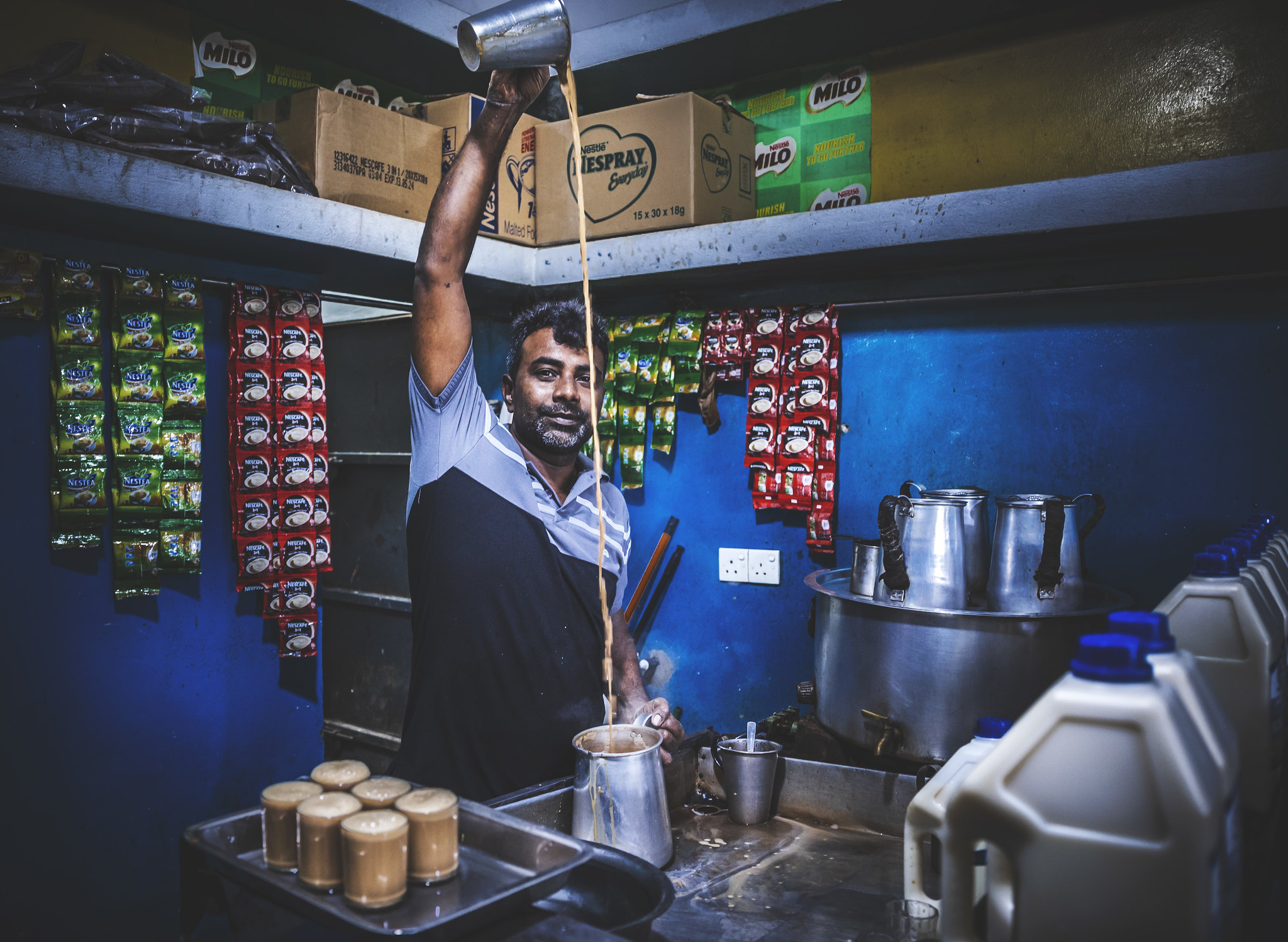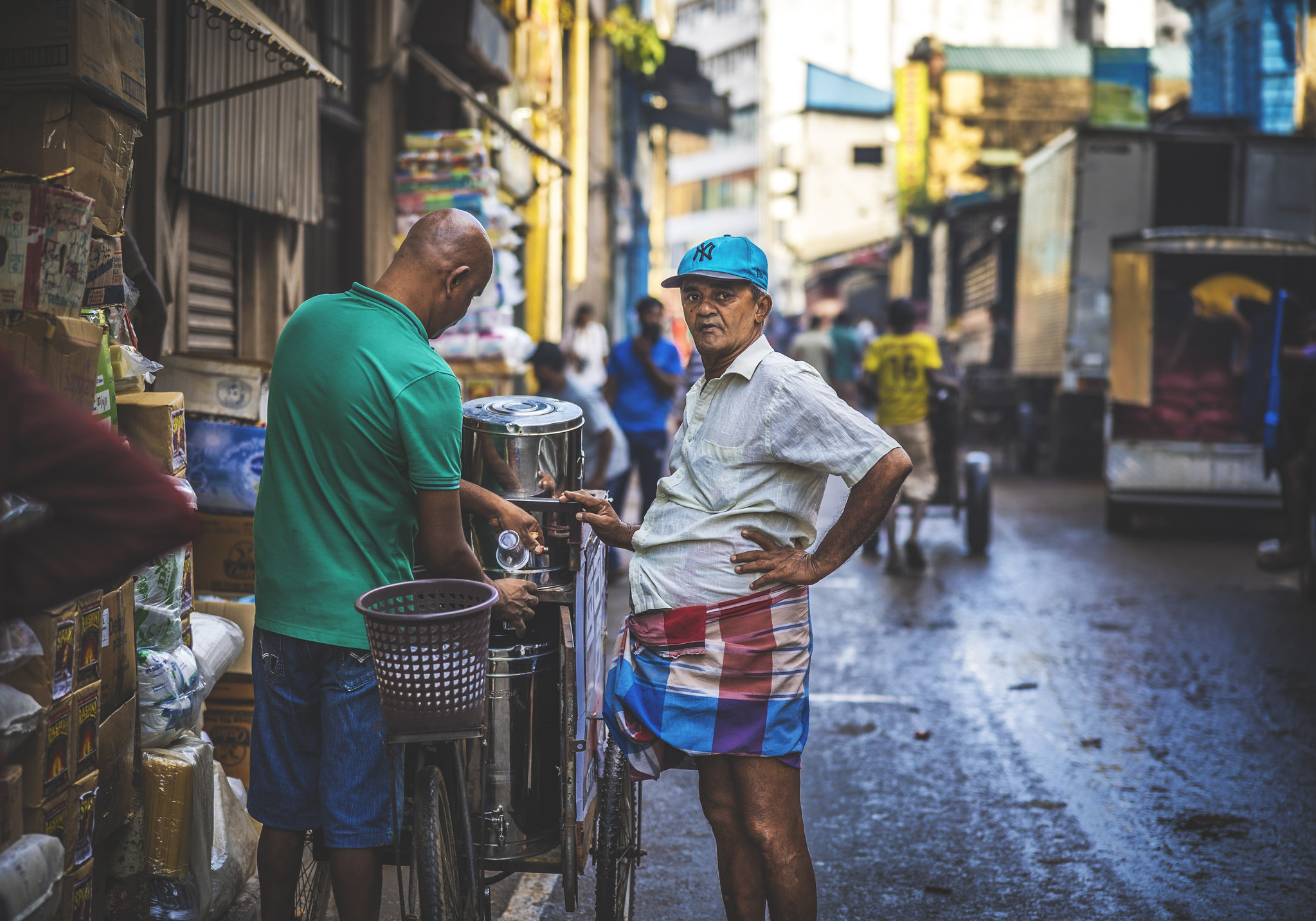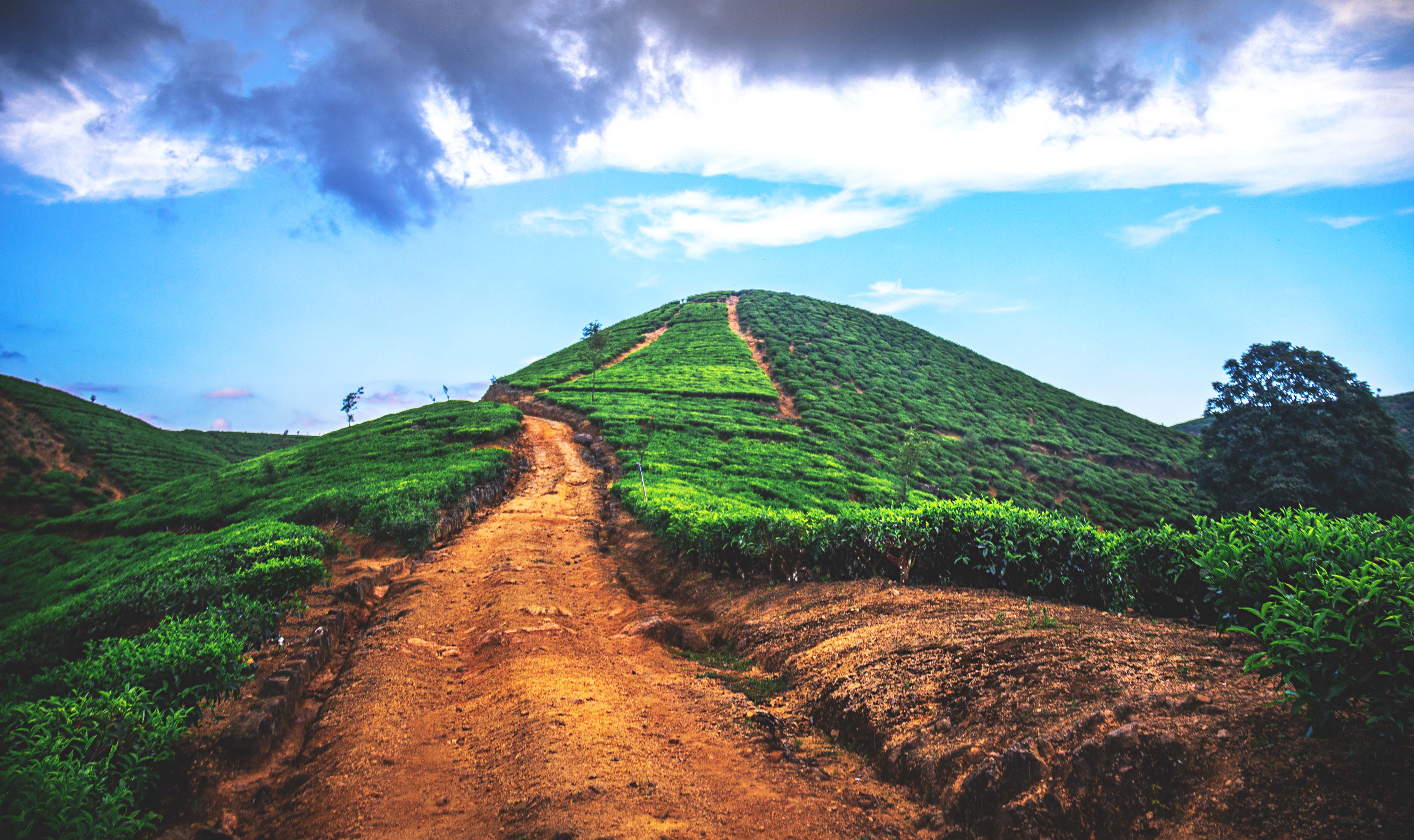
• 35mm • f/4 • 1/400 • ISO200 • Canon R6 & RF14-35/4L •
Ethnographic, Documentary & Travel Photography

• 24mm • f/2.8 • 1/125 • ISO1000 • Canon R6 & RF24-70/2.8L •

• 70mm • f/2 • 1/500 • ISO100 • Canon R6, with an RF28-70/2L from Canon/Metropolitan •


